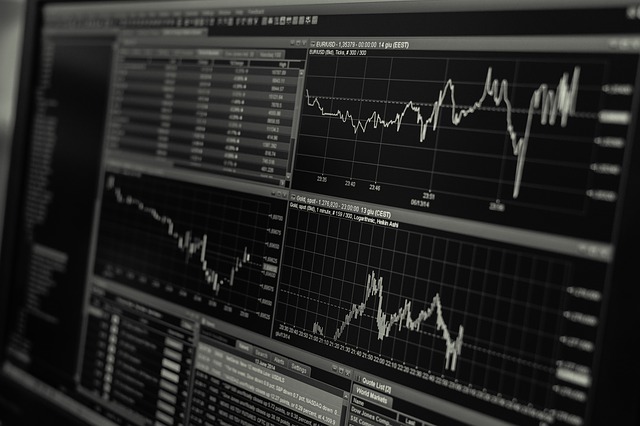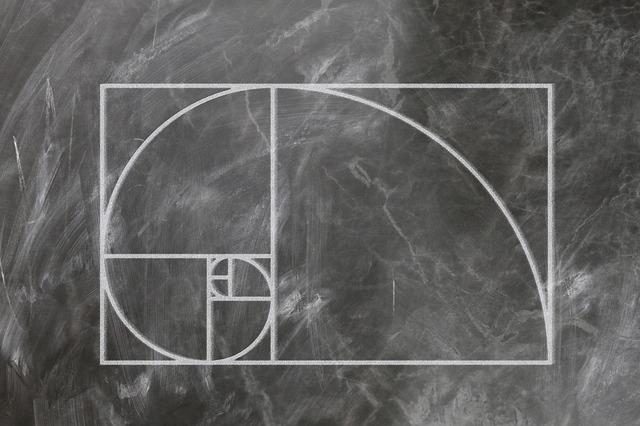The theory that Ralph Elliott proposed was revolutionary in its time as it was one of the first concepts in the financial markets to recognize that prices do not move randomly. Elliott Wave Theory states that market price unfolds in specific trends and patterns. The theory attempts to define these trends so they can be predicted and traded profitability. In fact, Elliott himself made successful predictions using the theory in his lifetime. On one occasion, he predicted the low of the U.S. stock market in 1935 to within one trading day. The subsequent bull market lasted nearly 2 years and almost doubled the value of the Dow.
In this series of lessons, we are going to go through some of the most important Elliott Wave principles and we’ll look at how some of these are applied on real charts. You can use these lessons to start looking for Elliott Waves on charts and as a foundation for further study and Forex Elliott Wave analysis.
In Lesson 1 we begin by looking at the foundation of Elliott Wave and that is the Elliott Wave Sequence. This is where it all starts if you want to learn about Elliott Wave. From there, the theory breaks down the Sequence into its different types of Waves, primarily the Impulse Waves and the Corrective Waves.
In Lesson 2, we look at the rules discovered in Lesson 1 and apply them to real charts. We look at a bullish chart and a bearish chart and see if you can find where the Elliott Waves would be placed. This is great practice to make sure you have understood the main Elliott Wave principles.
In Lesson 3, we take a closer look at Corrective Waves. These are not traded as much by Elliott Wave practitioners, but they are very important to understand and spot to give you context of where the market is.
Ln Lesson 4, we look at how Fibonacci analysis can be applied to Elliott Wave theory. FX Academy has an entire module dedicated to Fibonacci, but here we look at how it is traded to find points on an Elliott Wave sequence. Lesson 4 begins with looking at Wave 3.
Lesson 5 continues the Fibonacci theme and this time looks at Wave 5 and its potential Fibonacci levels. Although Wave 5 is not as popular as Wave 3 to trade, it still provides opportunities to extract profits out of the market.
The Impulse Waves
In this lesson we discover main principles of Elliott Wave Theory and the rules that govern them. This is where you first learn about a full Elliott Wave Sequence and how it’s broken down into Impulse Waves and Corrective Waves! Impulse Waves are the most popular to trade and this Lesson covers 3 very important rules that govern all Impulse Waves.
Real Chart Examples
With the foundation built in Lesson 1, in Lesson 2 we look at two real charts, a bullish chart and a bearish chart, to see if you can identify Elliott Waves yourself. This is an important test in all learning – can you apply the ideas in a real trading scenario?
Corrective Waves
To get from one Impulse Wave to another Impulse Wave, there must be a Corrective Wave. Traders prefer Impulse Waves to trade because they are in line with the Elliott Wave Sequence or overall trend. Corrective Waves must be spotted to find the start of an Impulse Wave. Traders How do Corrective Waves work? What are the different types? Let’s find out in Lesson 3.
Trading Elliott Wave with Fibonacci Part 1
Fibonacci is a very useful tool in trading, and it is integral to modern Elliott Wave Theory. Wave 3 is by far the most popular Elliott Wave to trade. To help catch the beginning of Wave 3, traders use specific Fibonacci retracement percentages. Let’s find out how they do that in this lesson.
Trading Elliott Wave with Fibonacci Part 2
Wave 5 is the next most popular Elliott Wave to trade after Wave 3. Just like Wave 3, to help catch the beginning of Wave 5, traders use Fibonacci retracements. How is that done with Wave 5 compared to Wave 3? Let’s find out in this lesson and round off our Elliott Wave knowledge
In this course, we are going to break down the main principles behind Elliott Waves, so you can begin applying it to charts and have a foundation for further study.The Elliott Wave Principle begins with a simple idea: that markets are not random or chaotic in nature, but instead unfold in specific trends or patterns.
Start this Lesson ›
In the previous lesson, we covered how an Impulse Wave is constructed. Let’s see how this looks on a real chart with an exercise in identifying a 5-Wave Impulse formation.The chart in front of you is the British Pound versus US Dollar, or GBPUSD, on the Daily timeframe.
Start this Lesson ›
In this lesson we will look at the Correction sequence that happens after an Impulse sequence. Corrections are more complex than their Impulse counterparts as there are many different types of corrective patterns, but they tend to fall into three categories: Zig Zags, Flats and Triangles.
Start this Lesson ›
After Ralph Elliott identified the wave structure in markets, he connected his Elliott Waves to Fibonacci levels. This has practical implications for being able to trade Elliott Wave as it can help confirm your Wave Counts and help you find entry and exit points.
Start this Lesson ›
In the last lesson, we looked at applying Fibonacci analysis to trading Wave 3 of an Impulse sequence. In this lesson, we are going to look at applying Fibonacci analysis to the next most popular Wave to trade – and that is Wave 5.
Start this Lesson ›

We hope you found our site useful and we look forward to helping you again soon!